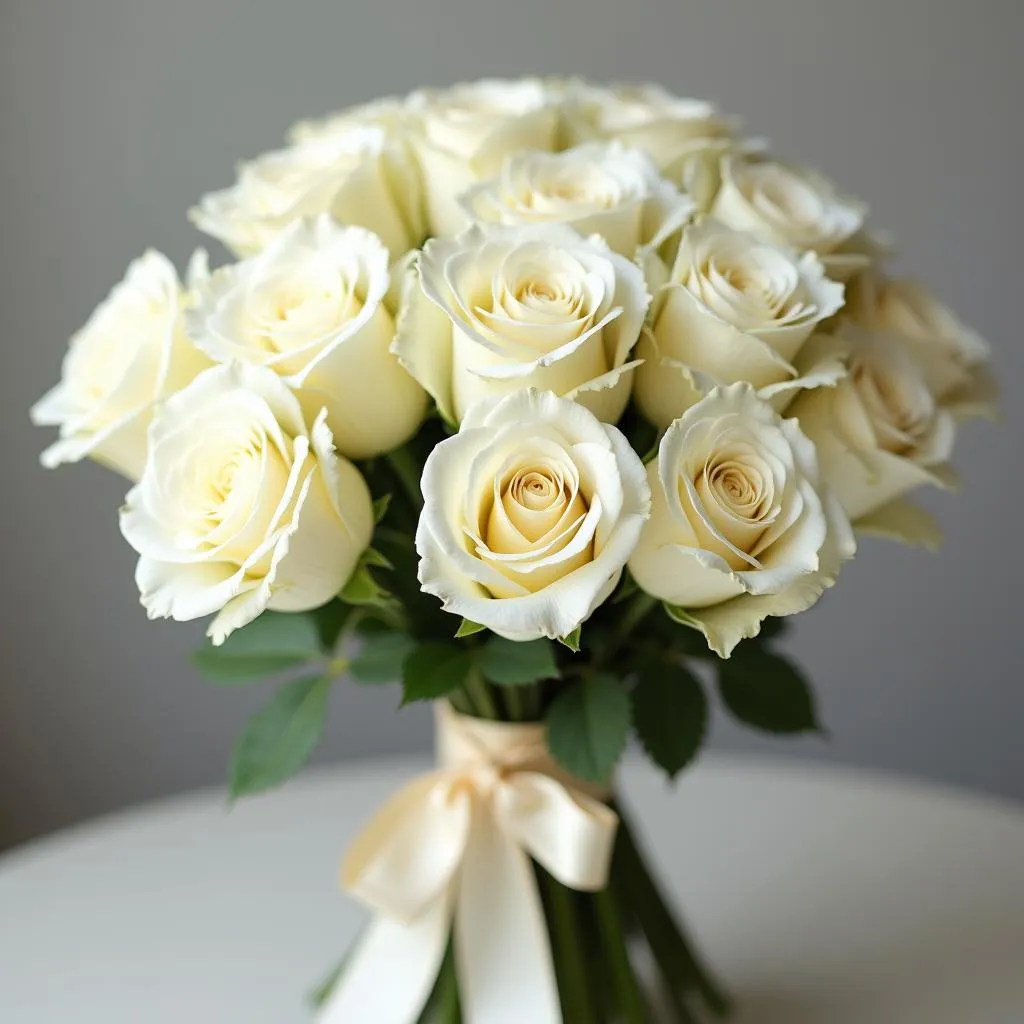Valentine’s Day, a celebration of love and affection, is synonymous with a specific color palette that evokes feelings of romance and passion. But what are Valentine colors, and what do they symbolize? Let’s delve into the world of hues that paint this special day.
Decoding the Language of Valentine Colors
While red reigns supreme as the ultimate Valentine color, a spectrum of other hues contributes to the romantic ambiance. Each color carries a unique meaning, adding depth and nuance to the expression of love.
Red: The Undisputed King of Passion
Red, the color of the heart, symbolizes intense love, passion, and desire. It’s no wonder that red roses are the quintessential Valentine’s Day gift, conveying deep affection and longing.
Pink: A Gentle Embrace of Affection
Pink, a softer shade of red, represents tenderness, sweetness, and playful romance. It’s a popular choice for Valentine’s Day decorations, cards, and gifts, evoking feelings of joy and lightheartedness.
White: Purity, Innocence, and New Beginnings
White signifies purity, innocence, and new beginnings, making it an ideal color for couples starting their journey together. White roses, often associated with weddings, also symbolize eternal love and commitment.
 White roses bouquet
White roses bouquet
Purple: Royalty, Mystery, and Enchantment
Purple, associated with royalty, mystery, and enchantment, adds a touch of elegance and sophistication to Valentine’s Day. It represents admiration, respect, and the deep bond shared between two souls.
Beyond the Classics: Exploring Other Romantic Hues
While red, pink, white, and purple dominate the Valentine’s Day color palette, other hues can also contribute to the romantic atmosphere.
Coral: A Vibrant Expression of Desire
Coral, a blend of pink and orange, exudes warmth, energy, and passion. It’s a perfect choice for those who want to express their love with a touch of vibrancy and excitement.
Peach: A Soft and Romantic Glow
Peach, a delicate and soothing hue, symbolizes gratitude, appreciation, and genuine affection. It’s a great alternative to pink, offering a subtler and more understated expression of love.
 Peach gift box with red ribbon
Peach gift box with red ribbon
Creating a Valentine’s Day Ambiance with Color
Whether you’re decorating your home, planning a romantic dinner, or choosing the perfect gift, incorporating Valentine’s Day colors can enhance the mood and create a memorable experience.
- Set the Mood with Lighting: Use soft, warm lighting to create a cozy and intimate atmosphere. Consider using candles in shades of red, pink, or white to enhance the romantic ambiance.
- Add Pops of Color with Decorations: Incorporate Valentine’s Day colors through decorations like heart-shaped balloons, streamers, or tablecloths. You can also add a touch of nature with fresh flowers in shades of red, pink, or white.
- Choose Thoughtful Gifts: Select gifts that reflect the recipient’s personality and your feelings for them. Consider the meaning behind different Valentine’s Day colors when choosing flowers, chocolates, or other presents. For a comprehensive guide on the meaning of roses, check out what color roses mean.
Conclusion
Valentine’s Day colors are more than just hues; they are a language of love, expressing a spectrum of emotions from passionate desire to tender affection. By understanding the symbolism behind each color, you can create a more meaningful and memorable Valentine’s Day celebration. So, this Valentine’s Day, let the language of color speak volumes about your love and appreciation for that special someone.

